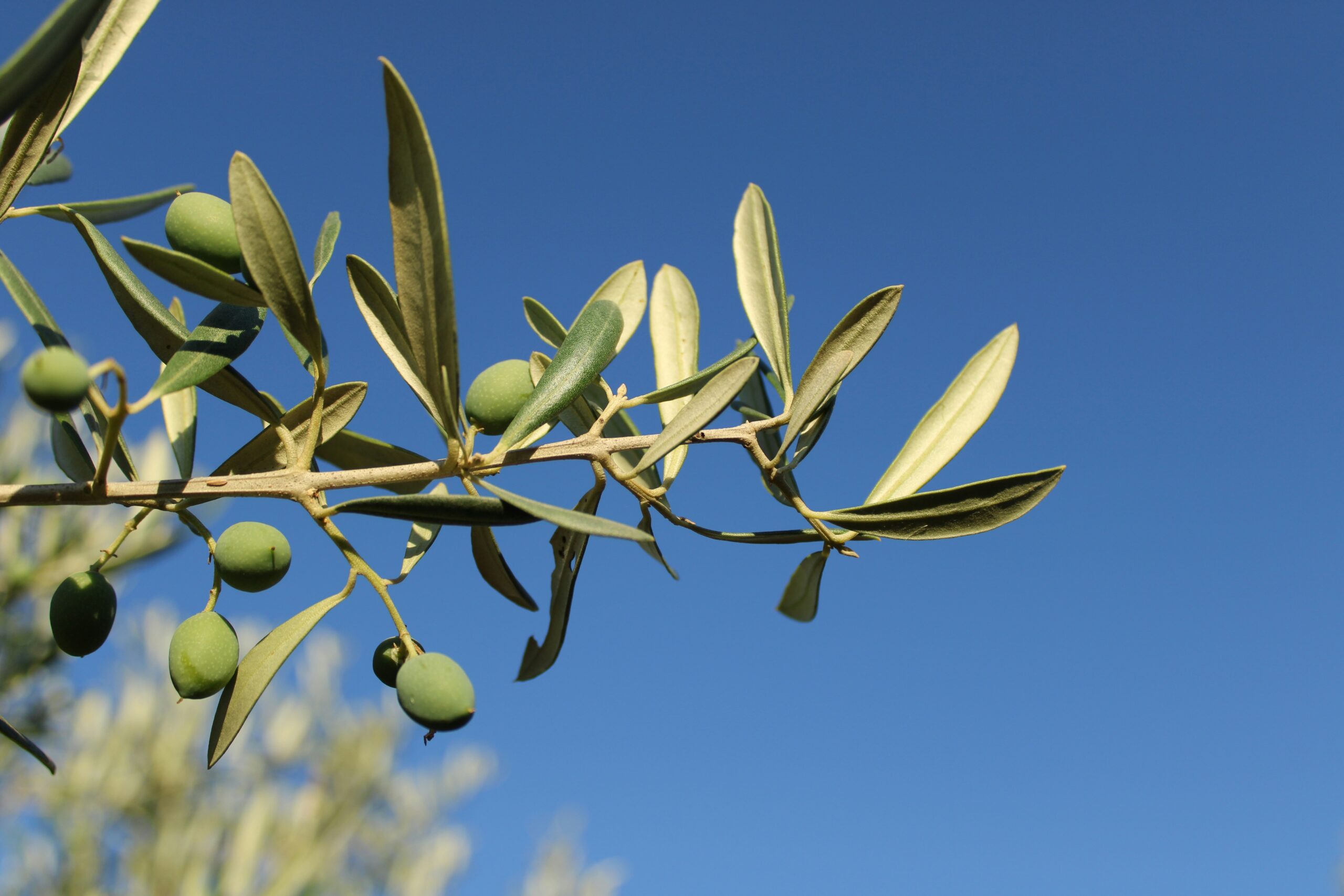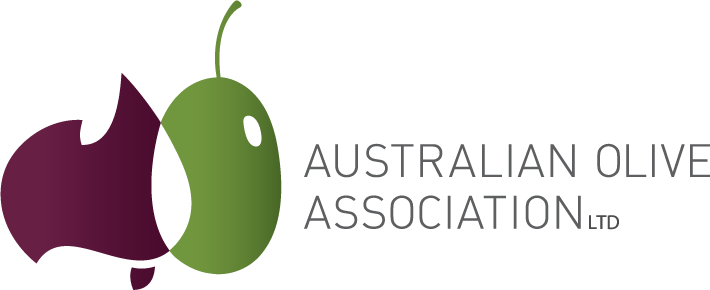Adapting and preparing for changing weather conditions

By Laura Thomas
Weather has continued to dominate news headlines in recent days, as Australians endure soaring temperatures and wet, wild storms.
It’s been a week of weather extremes. New South Wales has sweltered through severe heat and high fire danger, while Victoria and South Australia have been battered by rain and damaging winds.
The first insight into summer 2024-25 has also been revealed by the Bureau of Meteorology. Its long-range modelling shows Australia is likely to face a hotter-than-normal summer this year.
And while still early days, one thing is for certain – our weather is continuing to change.
For olive producers, a good understanding of the impact of weather and climate on their olive enterprise and a willingness to adapt has never been more important.
Water supply and irrigation continue as a key consideration for growers wanting to ensure a viable crop – especially in the lead-up to another hot Australian summer. Bushfire preparedness is also a priority.
Australian Olive Association Chief Executive Michael Southan said good planning and ongoing education is a must for growers, as seasonal factors continue to evolve and impact production.
“Weather and climate will always present significant challenges and a source of discussion and consideration,” he said.
“Olive growers must educate themselves and do their best to prepare for things like drought and other climatic factors.
“As weather patterns continue to change and extreme weather becomes more frequent, this kind of preparation and adaptability will help reduce the impact and maximise the productivity and profitability of your olive business.”
Want to know more?
“Productivity and profitability” is the focus of next week’s 2025 AOA National Olive Industry Conference & Exhibition being held in Adelaide.
Among the range of topics to feature on the jam-packed event program, is water – one of the most significant issues affecting Australian olive growers.
Attendees will hear about forecasting drought, equipment and irrigation systems, calculating water requirements and timing, a grove case study and irrigating olives with reclaimed wastewater
For those not attending the conference, a wealth of information is available now on the AOA website.
An interesting place to start is this article by agricultural water management expert, Ketema Zeleke, Water use and yield of young and mature olive trees: A review.
This presentation by Dr Dane Thomas, SARDI Climate Applications, at the 2018 AOA National Olive Industry Conference, also provides insight into the impact of climate change on the Australian olive industry.
Sources:
www.abc.net.au
www.csiro.au
www.bom.gov.au
www.australianolives.com.au
Image: Unsplash
